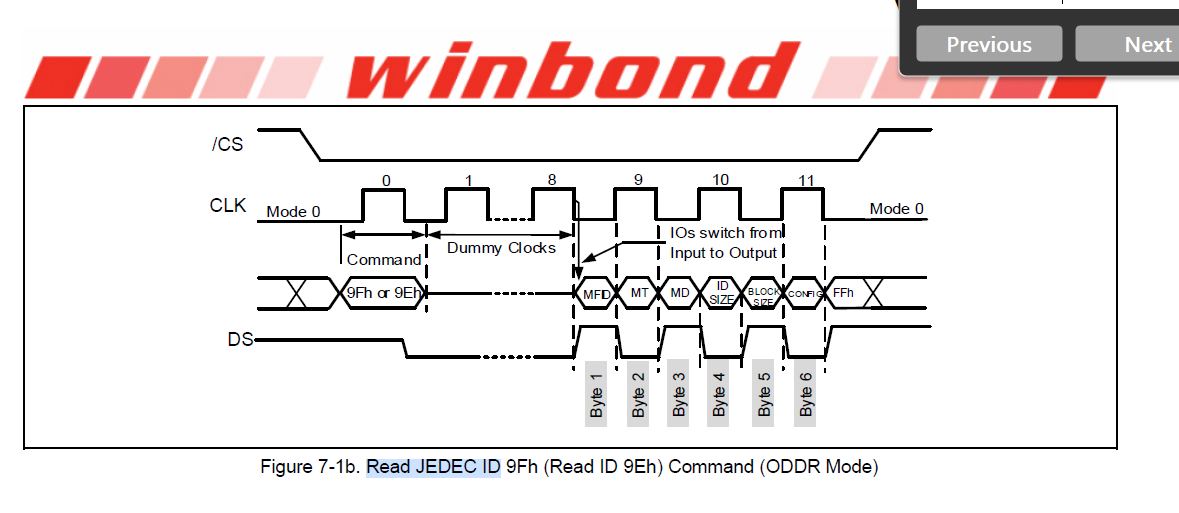Other Parts Discussed in Thread: SYSCONFIG
Tool/software:
Dear TI support team,
I am currently developing for the AM243x using TI's Industrial Communications SDK.
Recently, I migrated from Industrial Comms SDK v09.01.00.03 (with SBL based on MCU+SDK v10.00.00.20) to Industrial Comms SDK v11.00.00.08.
After the migration, several previously working features began to fail. I investigated and applied a set of fixes, and the application is now running again. However, I am concerned there may still be underlying or hidden issues.
I would appreciate your support regarding the following points:
- I have summarized the modifications I made in an Excel file.
Could you review them to check whether they are appropriate and consistent with the expected changes in SDK v11?
If there are any application-level changes that are officially required or recommended by the SDK, please let me know. - Since I encountered several issues with v11, I am a bit concerned about using it in production.
Is v11 considered stable and safe to use?
If not, could you advise which SDK version is currently recommended as the most stable? - If there are any compatibility concerns or behavioral changes not mentioned in the release notes (e.g., changes in initialization order, configuration steps, etc.), I would greatly appreciate it if you could share those details.
For your reference, the following SDK components are used in our application:
- EtherNet/IP Adapter FWHAL
- ICSS-EMAC
- hsr_prp with MII mode
- ADC driver
- MCSPI driver
- USB device driver
- DDR driver
- GPIO driver
- FreeRTOS
- SBL_OSPI
- EEPROM driver
- FLASH driver
- LwIP
- mbedTLS
Thank you very much for your support.









